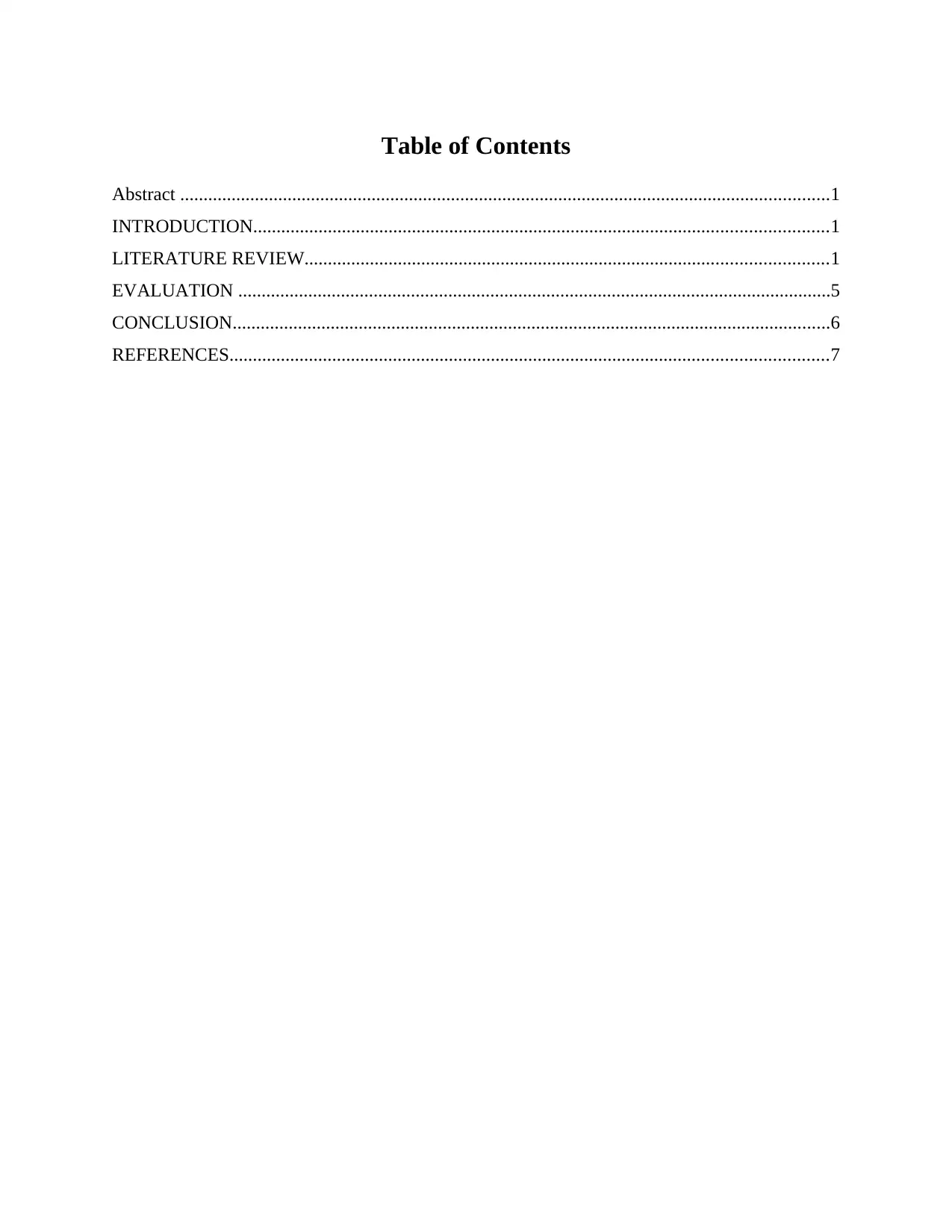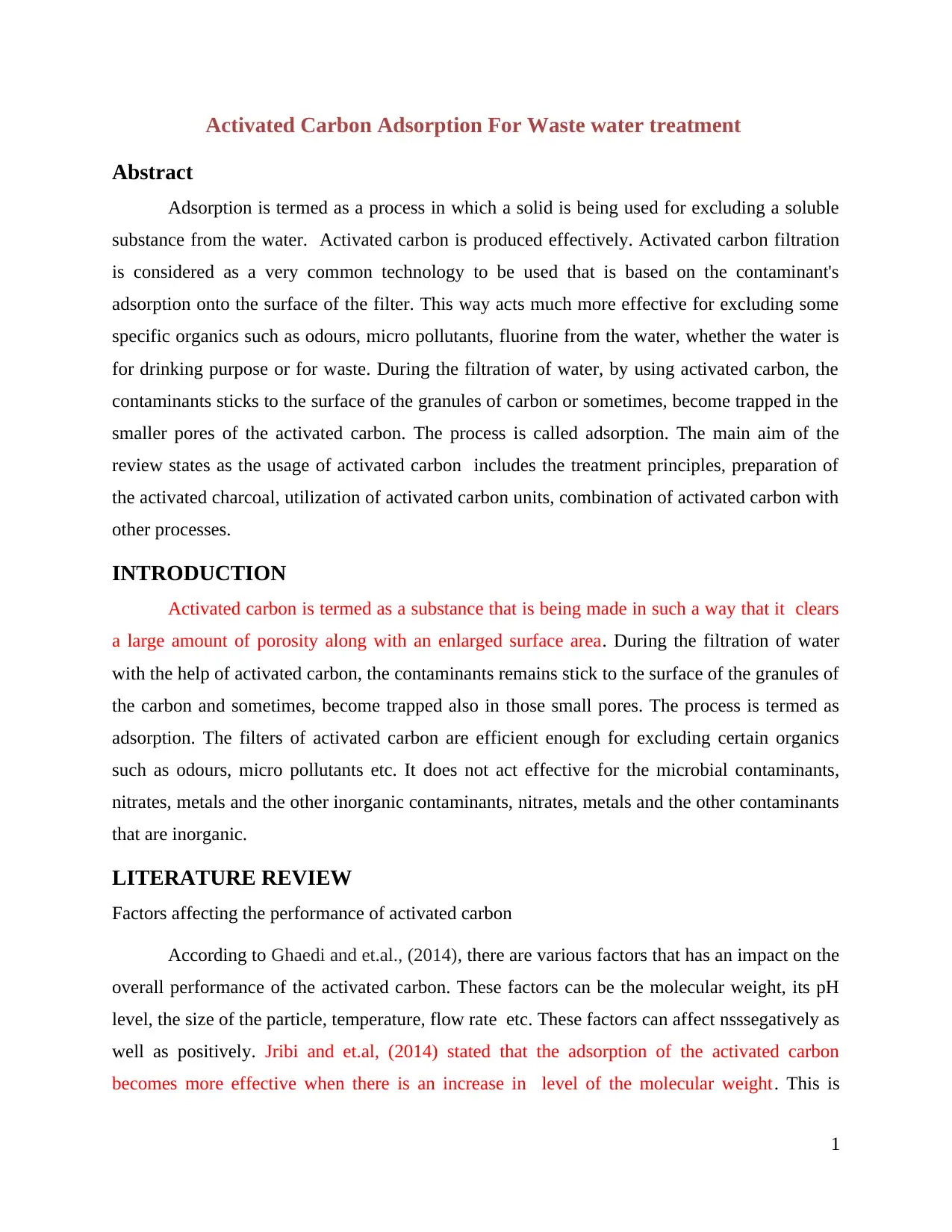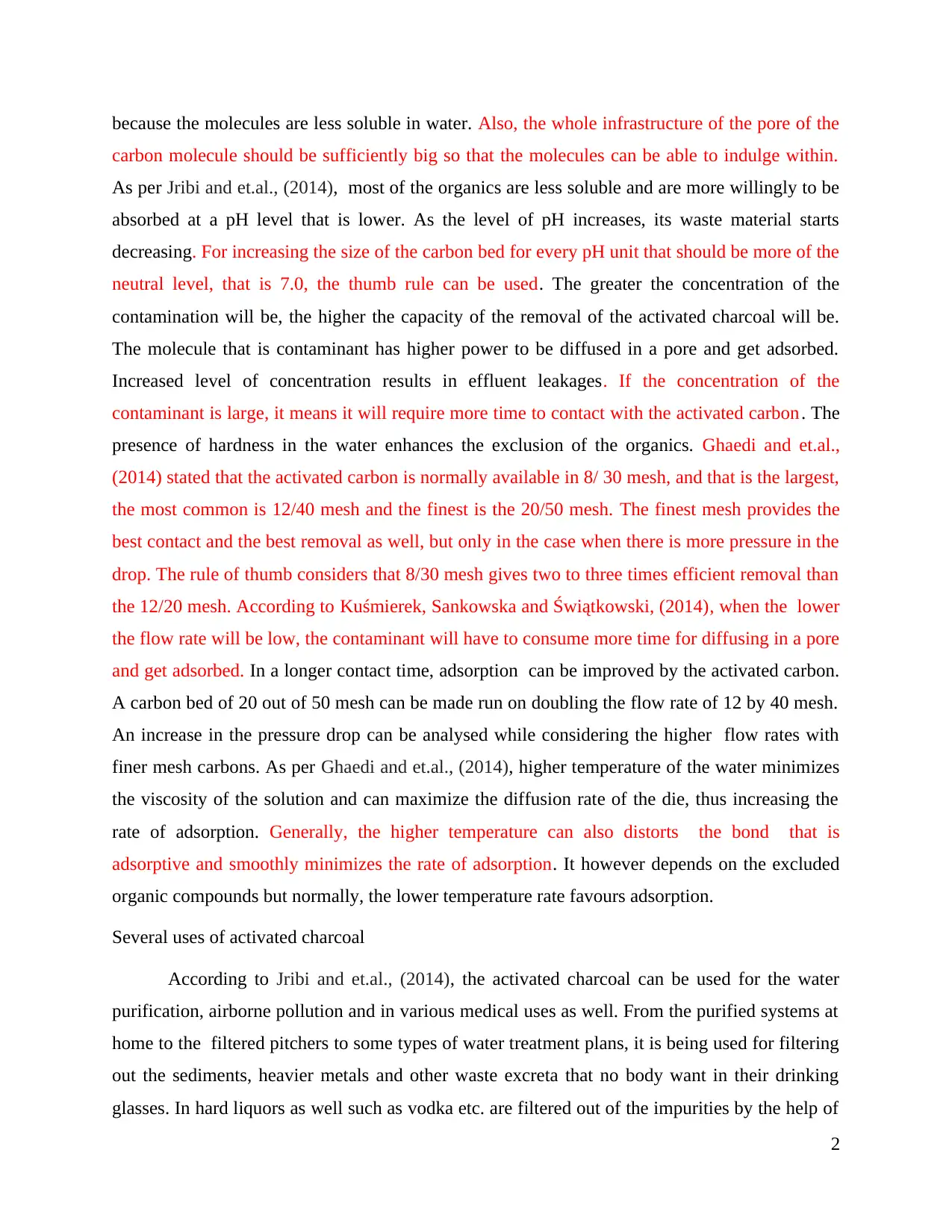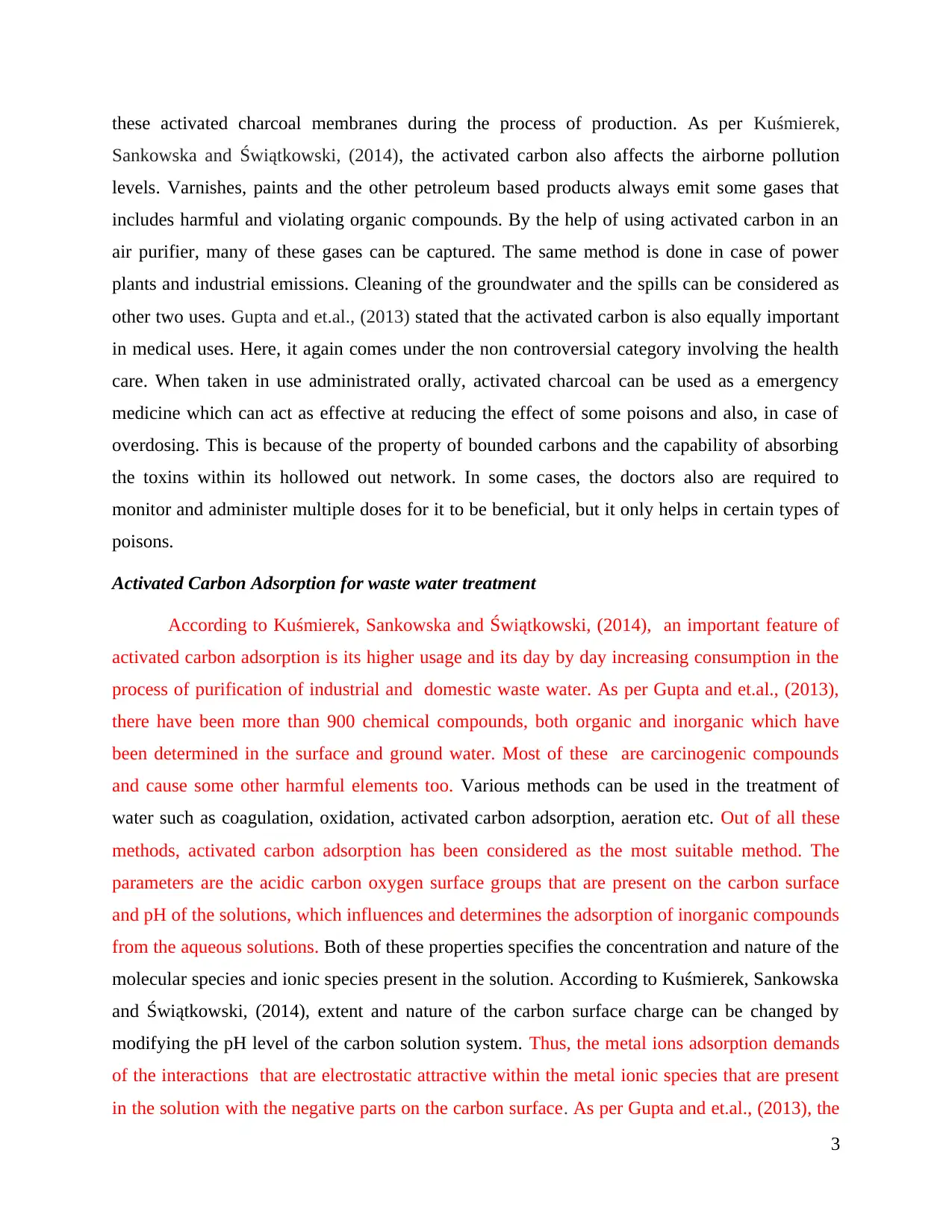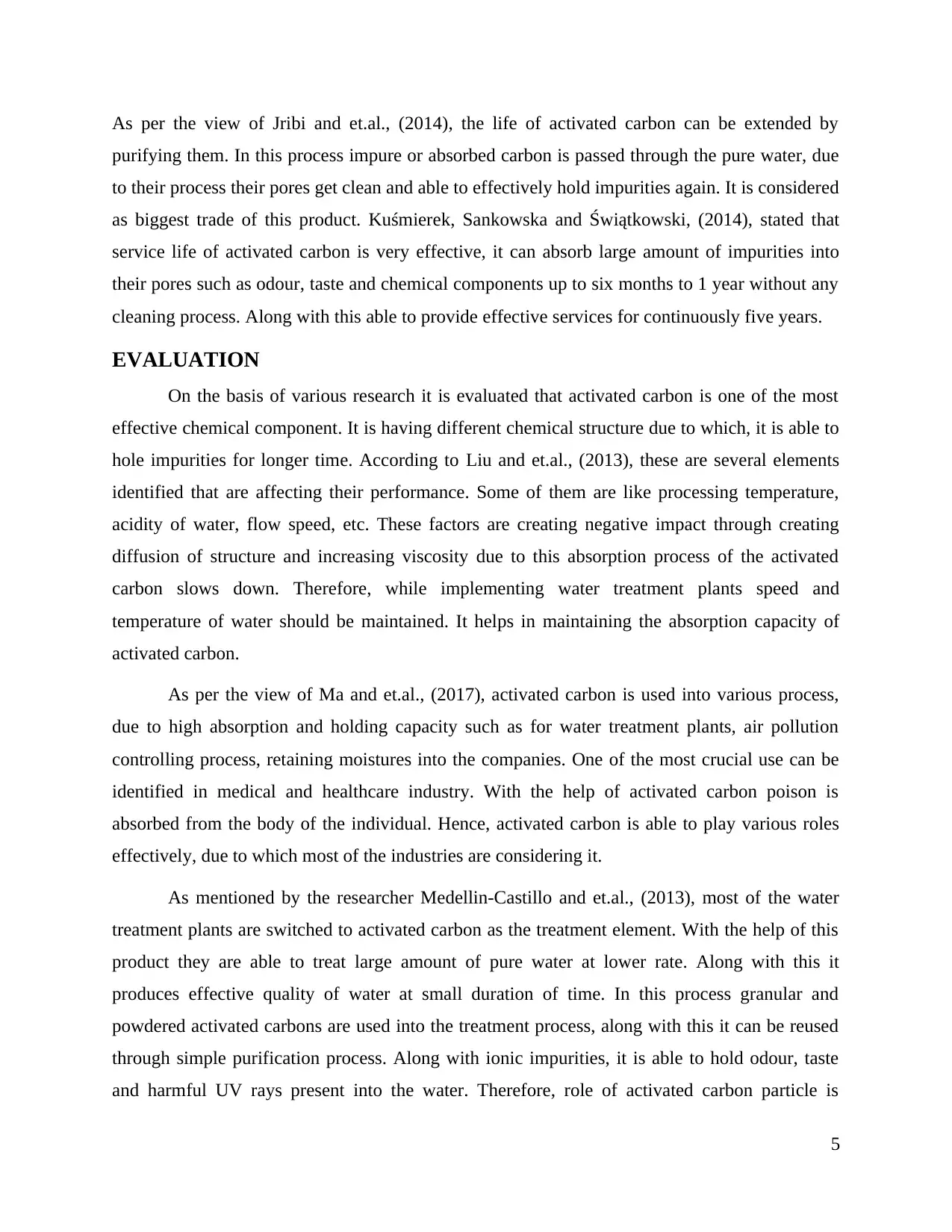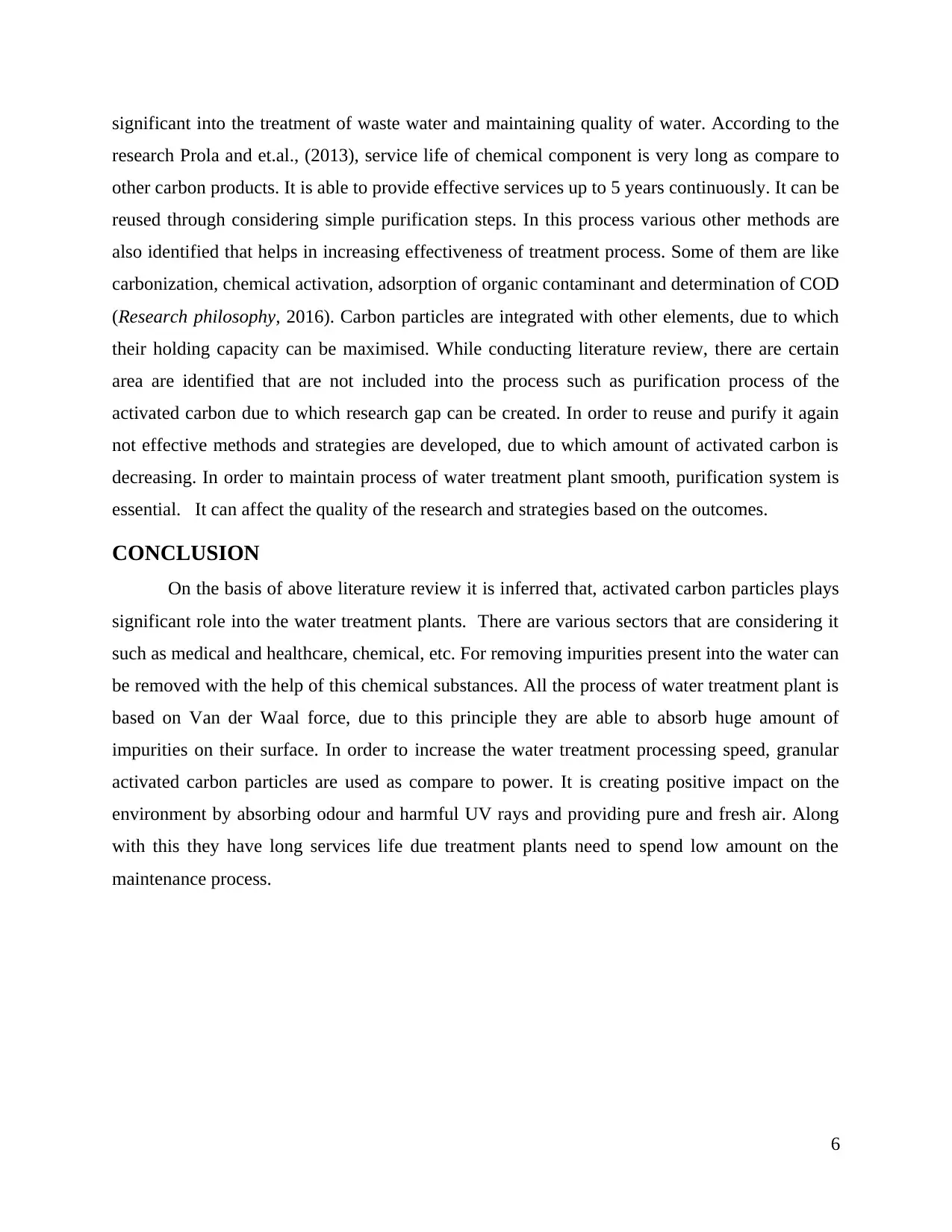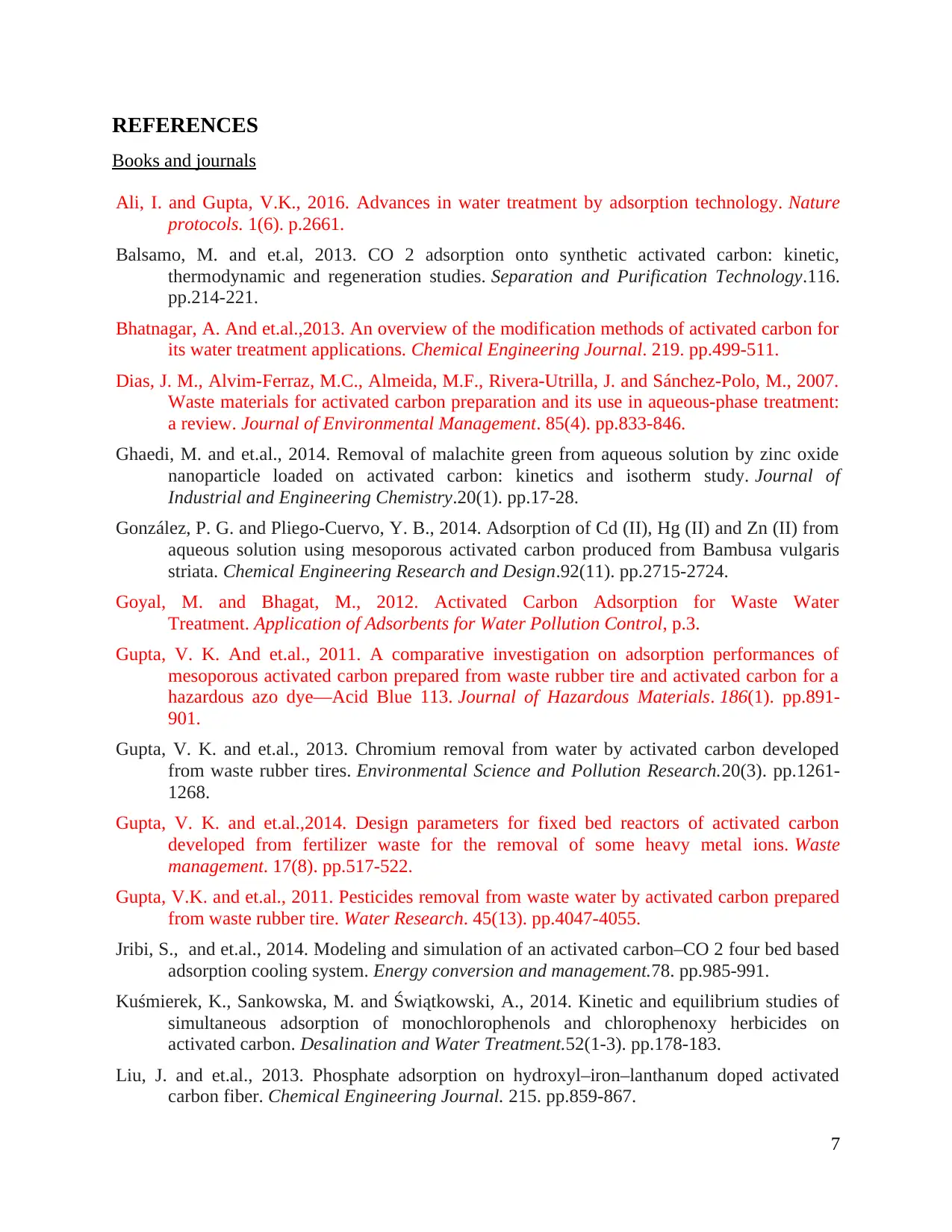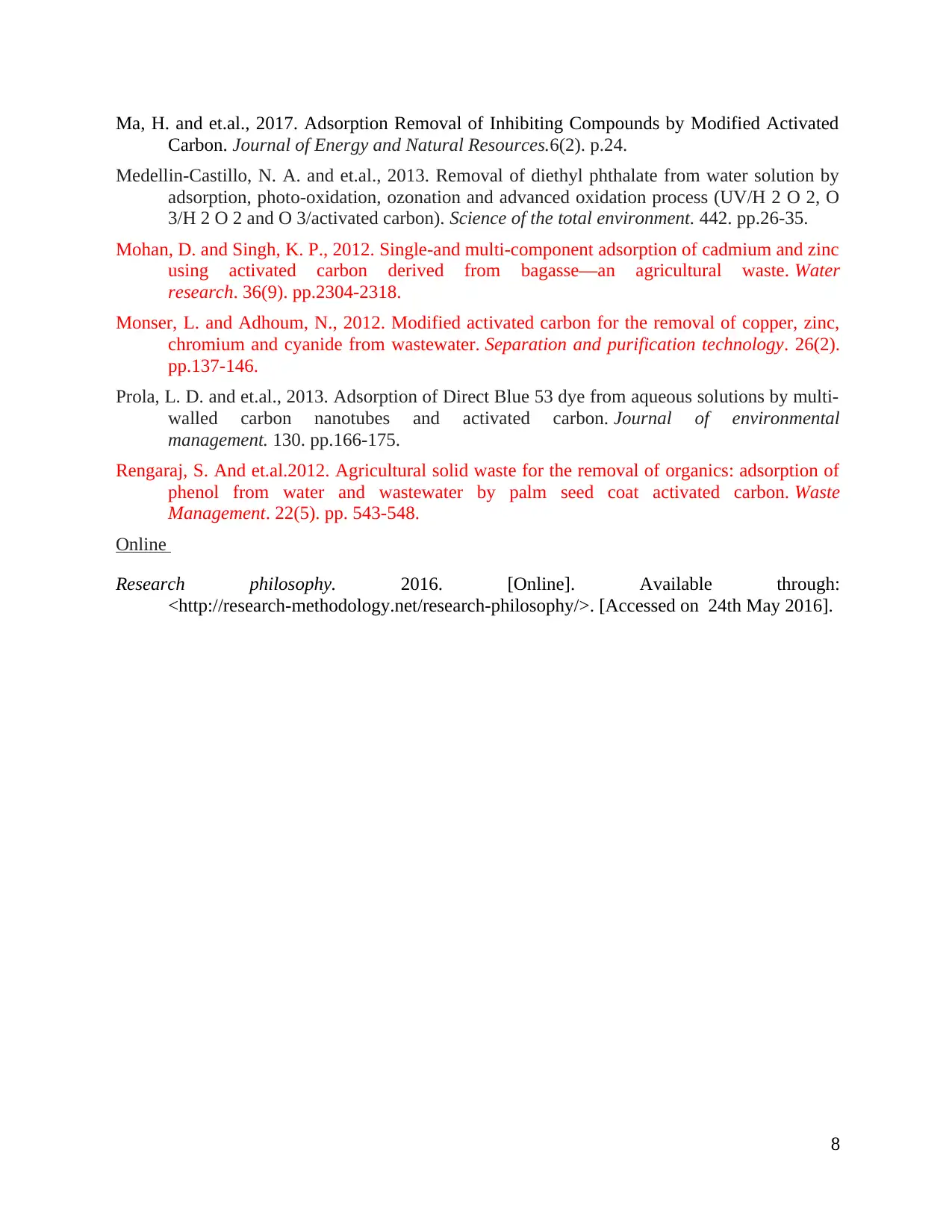This assignment requires a literature review on the topic of activated carbon. The student is expected to read and analyze various research papers on the subject, including studies on the adsorption of heavy metal ions, pesticides, and other pollutants using activated carbon. The student must also explore different types of activated carbon, such as those developed from waste rubber tires, fertilizer waste, and bagasse. A detailed analysis of the kinetic and equilibrium studies of simultaneous adsorption of monochlorophenols and chlorophenoxy herbicides on activated carbon is also required. Additionally, the student must discuss the use of activated carbon in removing diethyl phthalate from water solution by adsorption, photo-oxidation, ozonation, and advanced oxidation processes. The assignment aims to provide a comprehensive understanding of the properties and applications of activated carbon.
![[object Object]](/_next/static/media/star-bottom.7253800d.svg)
![[object Object]](/_next/static/media/star-bottom.7253800d.svg)

